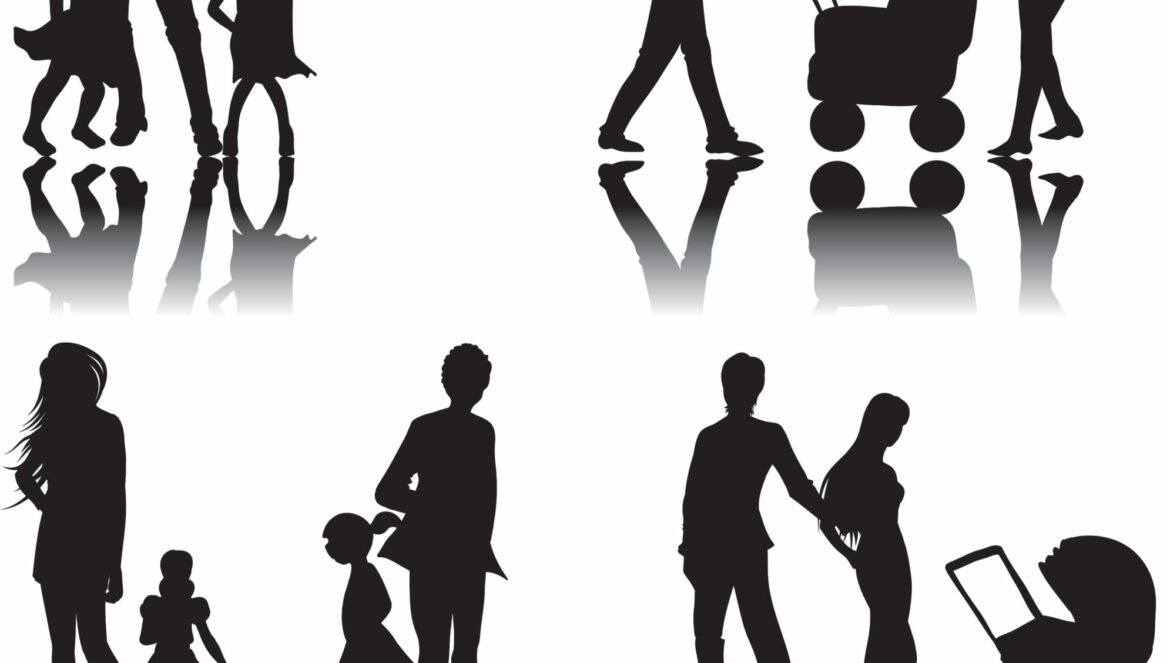When my oldest son started Kindergarten, my then-husband, infant daughter and I accompanied him to his first day of school. It was a big event for our little family. Throughout his early elementary years, we were devoted parents, attending events, making donations and volunteering. I even served as Room Parent. We were proud of our involvement.
By the time my daughter started school, life had drastically changed. I was a working single mom of three on a tight budget. I no longer had the time or money to be involved like I once was. I found myself creeping in and out of the building, trying to avoid interaction with other parents. I didn’t want to be judged. This may seem silly, but I even dreaded completing the forms at the beginning of the year because I had to provide information that let school officials know that we lived a less-than-perfect life.
I realize that some of this shame was due to my own misconceptions about family and community. Thankfully, I’ve worked through much of that over the past nine years. However, some of it was related to the environment and the expectations of the organization.
In our society, we often label children at-risk who come from a low socio-economic status. Although these families face particular challenges, the truth is every family… every individual… is at-risk. In an instant life can change as a result of some sort of trauma… divorce, death, car crash, house fire, critical diagnosis. Life is fragile. How can we offer support, both personally and professionally, to those in need?
But it’s more than support that is needed, it’s resilience. Resilience is the ability to bounce back despite adversity. Or as Angel Duckworth says, it is grit. According to Hawkins and Catalano, the three factors that help move kids from risk to resiliency are as follows:
- A caring, nurturing environment
- High expectations
- Meaningful engagement
Life has changed for us again. My daughter moved to her dad’s for high school. Now there are just two humans and two dogs living full-time at our place. Last night my youngest son and I went to dinner at our friends’ house, an older couple from church with an inviting home and big hearts. Sitting with us at the dinner table, which was handcrafted by the husband decades ago, was a millennial friend, also from church. As we ate spaghetti and shared stories, the conversation turned to our common desire to know and be known… to share life together – good, bad and ugly.
As the evening wore on, we played spoons. The smile on my eleven-year old’s face whenever he won a round was priceless. I had watched his shift through the night from feeling shy and bored to feeling confident and engaged. What had precipitated this change? There were no other people his age. We were a multigenerational motley mix, but he was seen and celebrated throughout the conversation and the game. My twentysomething friend’s words echoed in my soul, “What our generation wants is not activities… we want a home… we want family.” And I was reminded once again, it’s all about relationships.
Subscribe to edCircuit to stay up to date on all of our shows, podcasts, news, and thought leadership articles.
